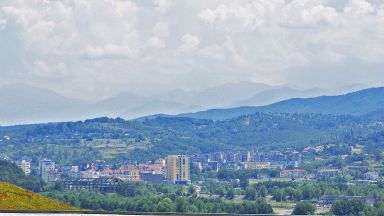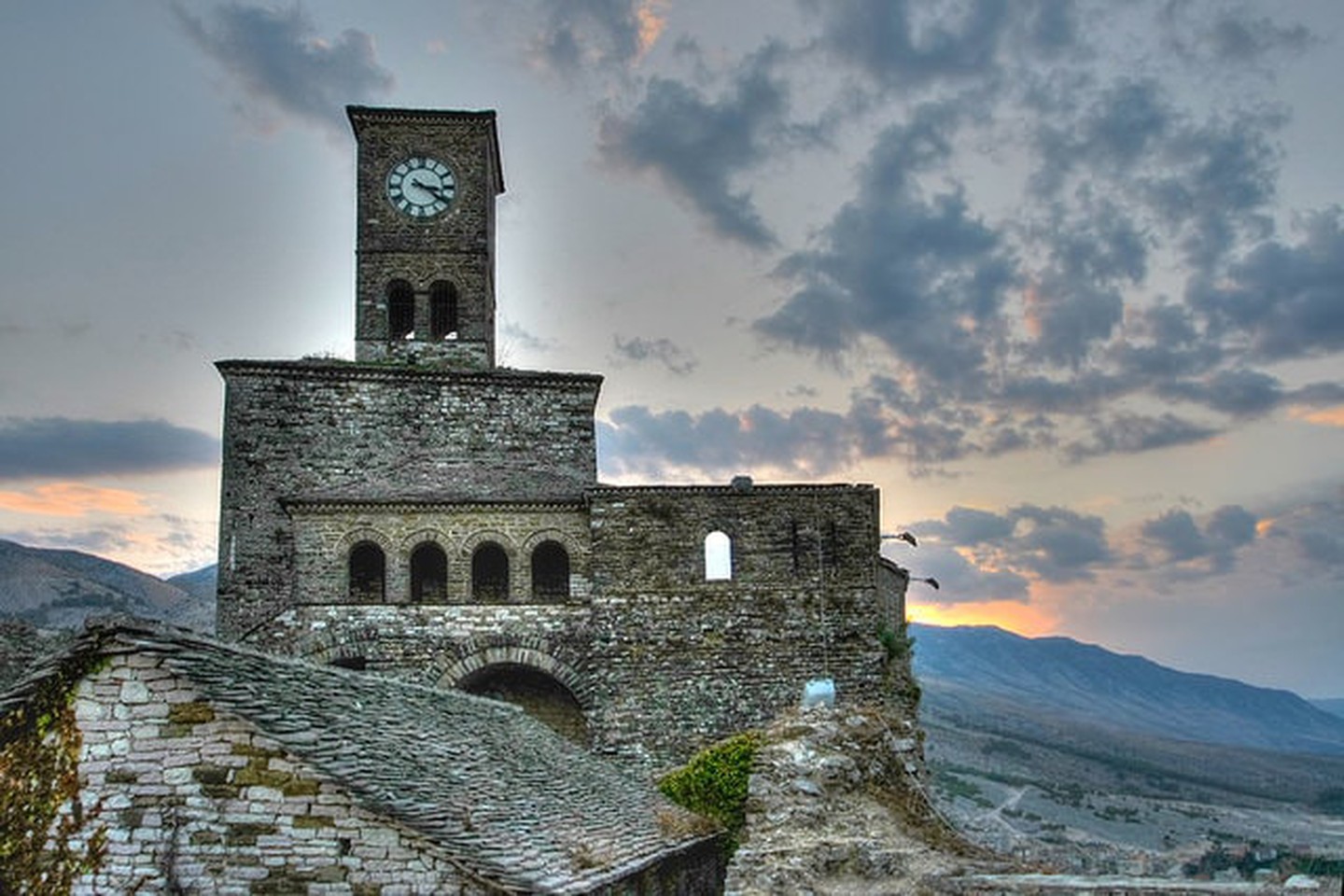Albania Travel Guide
Albania, is a country in southern Europe, in the western part of the Balkan Peninsula. To its north lies Montenegro and Kosovo, to its east North Macedonia, and its south Greece. To its west lies the Adriatic and Ionian seas, across which lies Italy, only 50 miles away.
Albania is mainly mountainous country and in the north sits the heavily forested Albanian Alps, the central mountain region is generally less rugged and more densely populated. The south while still having mountains, has less trees and a more Mediterranean feel to it. Along the Adriatic coast spreading 30 miles into the interior are the low, fertile plains of the Albanian Riviera.
Albania isolated itself from the rest of the world for most of the 20th century. However in 1991 Albania opened their borders and allowed the rest of the world in. Apart from its Riviera having some of the best beaches in Europe the country offers much more, with its Roman ruins, rippling mountains, charming towns and Ottoman past lying largely untouched.
Cities in Albania
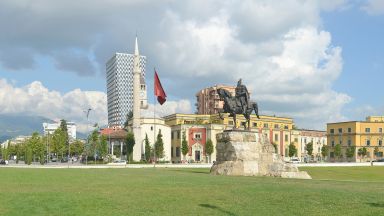
Tirana
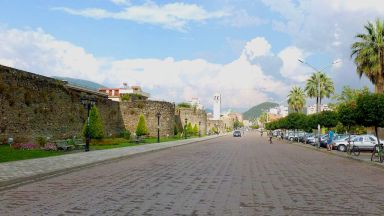
Elbasan
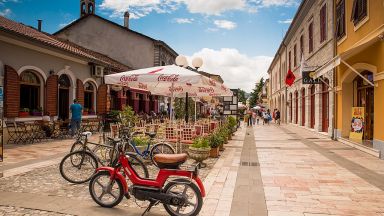
Shkodër
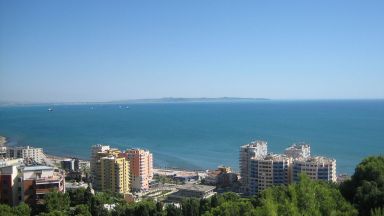
Durrës
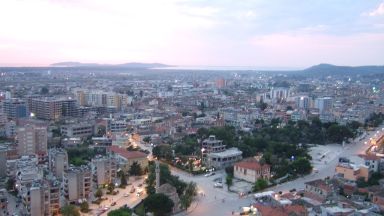
Vlorë
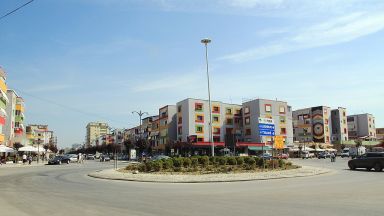
Fier
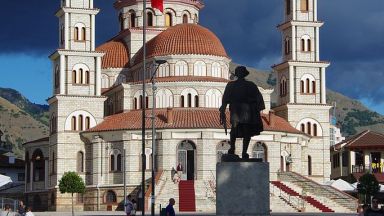
Korçë
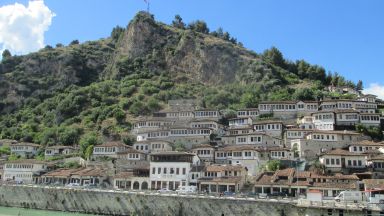
Berat
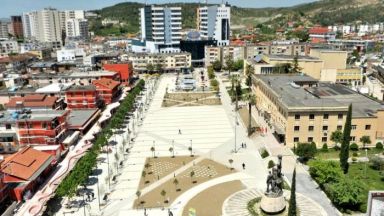
Lushnjë
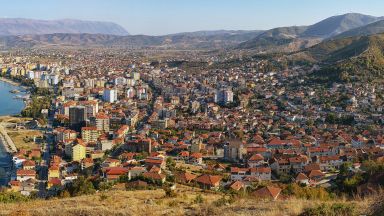
Pogradec
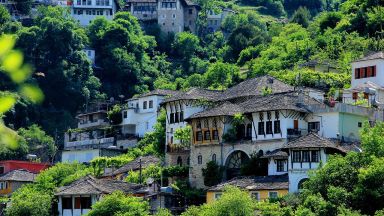
Gjirokastër
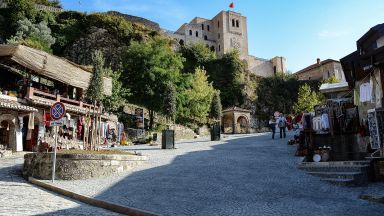
Krujë
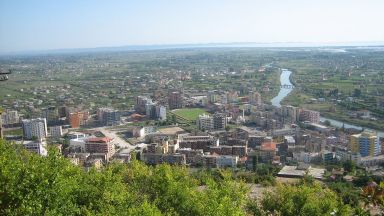
Lezhë
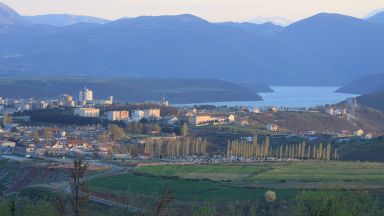
Kukës
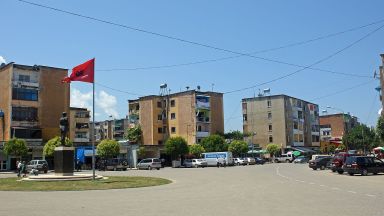
Burrel
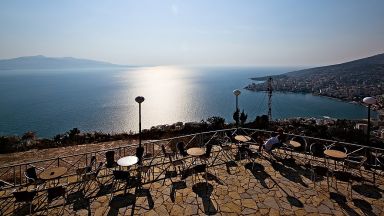
Sarandë
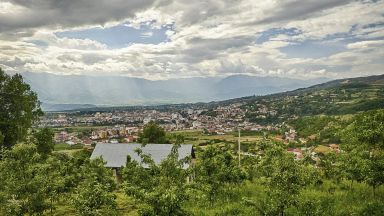
Peshkopi
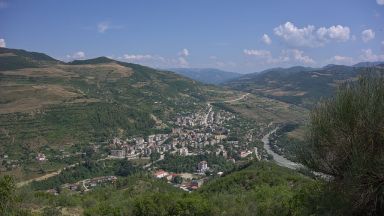
Çorovodë
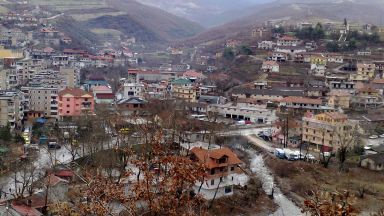
Librazhd
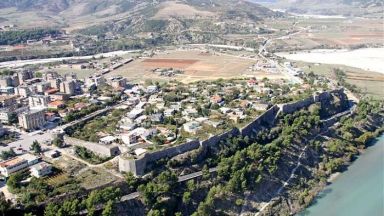
Tepelenë

Gramsh
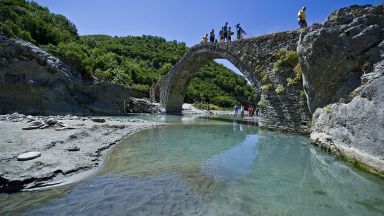
Përmet
